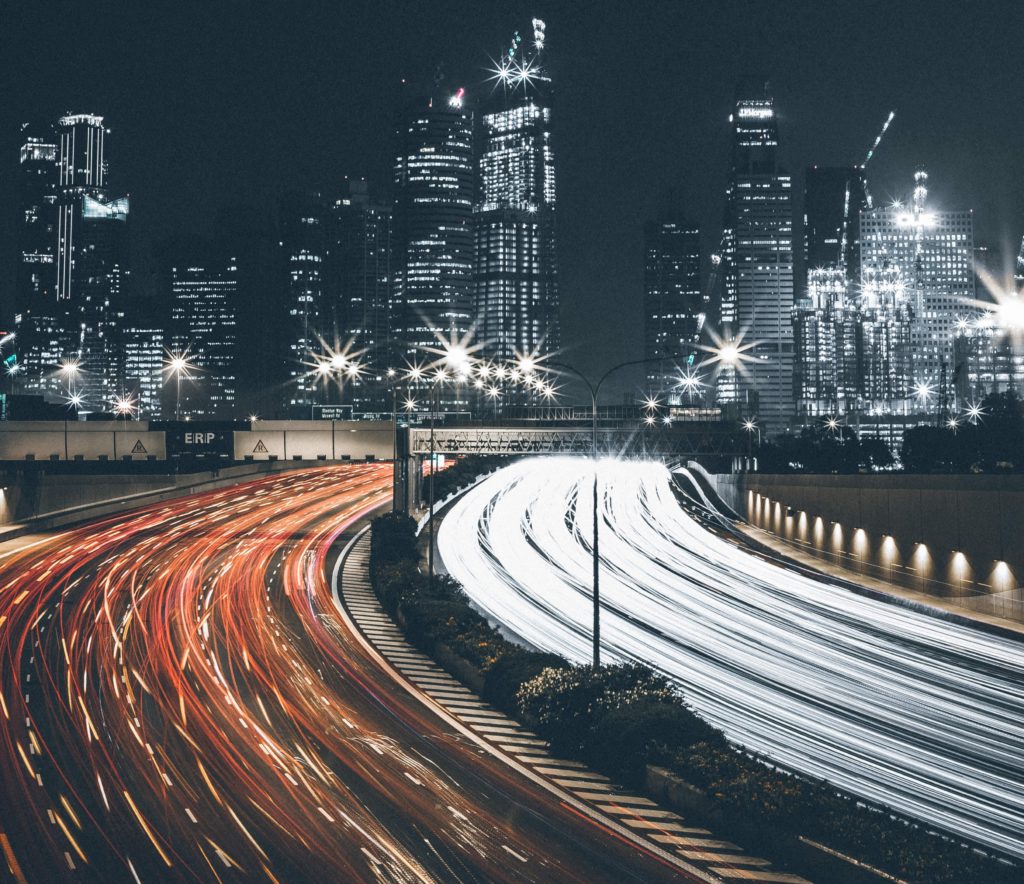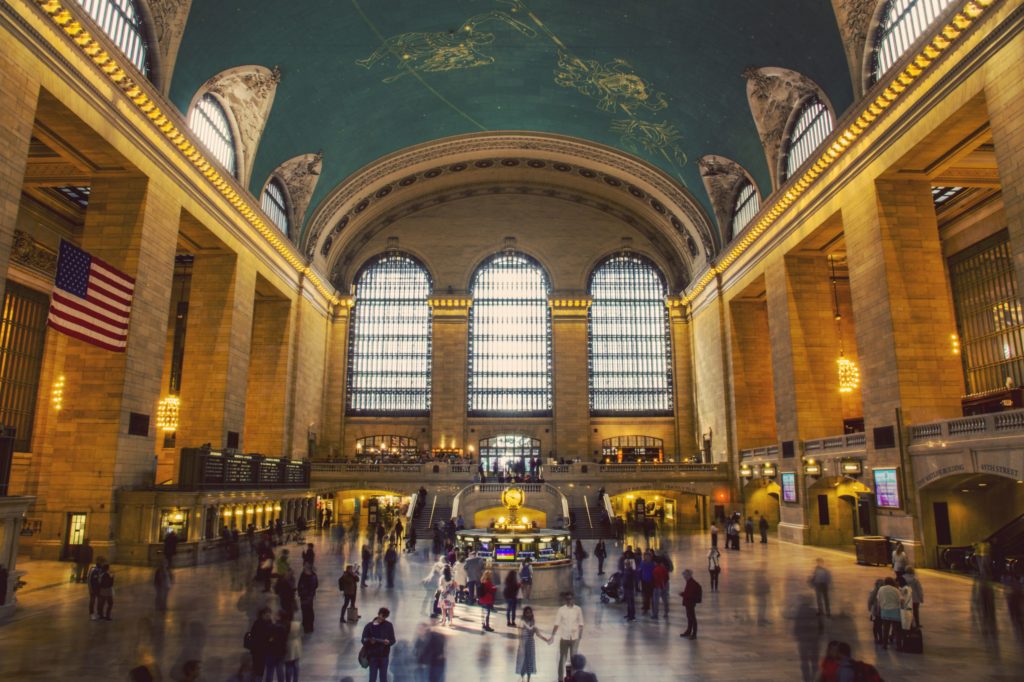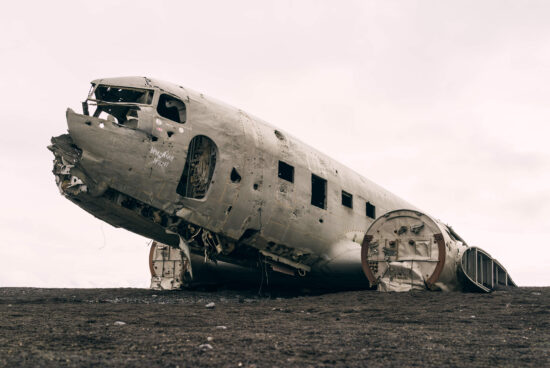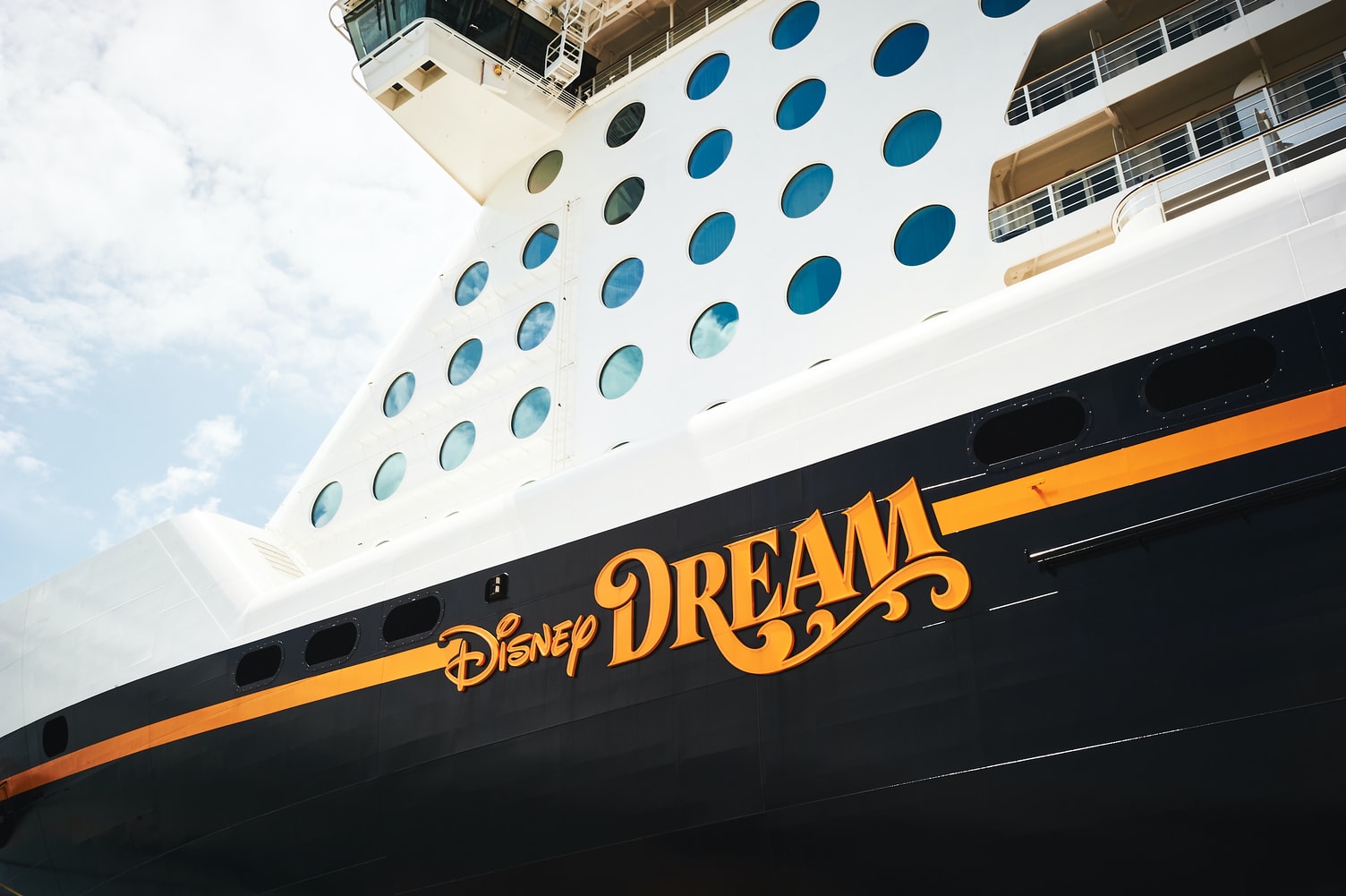The Power to (day)Dream: Transporters
I’m sure everyone has, at some point in their life, thought about the possibility and benefits of instantaneous travel, most notably made popular by science fiction media such as the transporters in Star Trek, or the teleportation of Marvel’s X-Man Kurt Wagner, better known as Nightcrawler. It also has a predominant role in the Canadian-American military science fiction franchise Stargate. In the film and subsequent television shows, wormholes connect planets around the galaxy (and eventually other galaxies), instantly transporting all sorts of characters and items from one planet or galaxy to another.
Reality: One Step Closer
However, that is all fiction. Humanity is now a (tiny) step closer to that reality, through (fittingly) a Canadian-American collaboration between the University and City of Calgary, CA, and the United States. More details in a phys.org article titled “Towards quantum Internet: Researchers teleport particle of light six kilometres“, but the gist is that a group of physicists teleported a photon about four miles in Calgary, CA.
Explanation & Caveats
Per the article, teleportation (yes, that’s the word they used) relies on quantum mechanics, according to the lead on the project, a Professor Tittel. The “entangled” photons share properties connecting the two regardless of any amount of distance. The feat required a particular fiber, appropriately cold temperatures for successful detectors, and a straight line to teleport one photon to the other.
Thoughts, Economics, and Relationship with Travel Industry
It took several trackbacks for me to find the original press release to share with you, but it was worth it to learn more about the mechanics. It definitely is a long way off from realizing the Star Trek dream. Also, I thought about the prospect of never flying again, which was quite interesting. However, it could also mean never staying in a hotel again, since you would and could teleport home (or wherever you wanted to be!) I thought about the landscape from inception of this new technology out to a hundred years, and what the industry, our industry, could look like during that time period.

.
Transporters in Inception – Short Term
Like most new radically-life-changing technologies, this most likely will be massive once released. Expensive transport is limited to the richest of the rich. It will be confined to key places, restricted to the most wealthy or powerful, including governments, and command a high price if it ever reaches a black market. Life would not change radically, as it would be limited to a small number of participants. For the vast majority of people life would go on – and hospitality in its current form would remain stable.
Medium to Long Term
Inevitably, someone will come along in an effort to make it marketable for the masses. There will be a period of version improvements and refinements, reducing errors, improving stability and efficiency, until it reaches a critical point where more of the everyday people can participate. At that point, the hospitality landscape will shift critically (especially if transport costs could be lowered sufficiently. Teleportation would compete in cost (of time and money) of travelling and staying in different locations.
As mentioned previously, if you could teleport, you could forgo the use of an AirBnb or hotel for the evening. This could lead to a destabilization of the hospitality industry – specifically in hotels. Now, for some such as myself, the joy of visiting new places and experiencing new hotels may outweigh the cost savings. However, I am sure we would be viewed as archaic and backwards in that age. Airplanes would become the trains and buggies of centuries past, relics belonging in museums to be studied as part of history.
Comparisons to Previous Advancements
The hospitality industry would shift towards population centers – designed to cater to those at critical transportation points. Previously, cities sprung up around railroads, waterways, and other means of transport. Likewise, it stands to reason that if transportation is at a middle point – not available to everyone, but not just for the top of the top – that hospitality will cater towards experiences and the smooth facilitation of those coming in at the teleportation hub. This would be similar to how the cities, nightlife, and industry develop around central train stations. Why make people commute farther for interesting things?

While interesting to consider, implementation, let alone commercial use, is many years away.
Until that day comes, however, you can dream along with me.
Featured Image from Unsplash
Have any questions? Can’t wait to try teleportation? Have concerns or issues about it, like a certain starship’s tactical officer? Let me know in the comments, or reach me directly at TheHotelion@gmail.com! Like my posts? See more here, on TravelUpdate! Follow me on Facebook (The Hotelion) or on Twitter and Instagram: @TheHotelion












